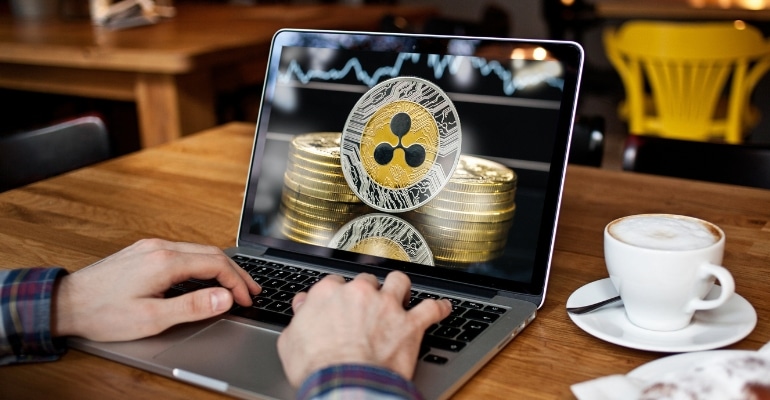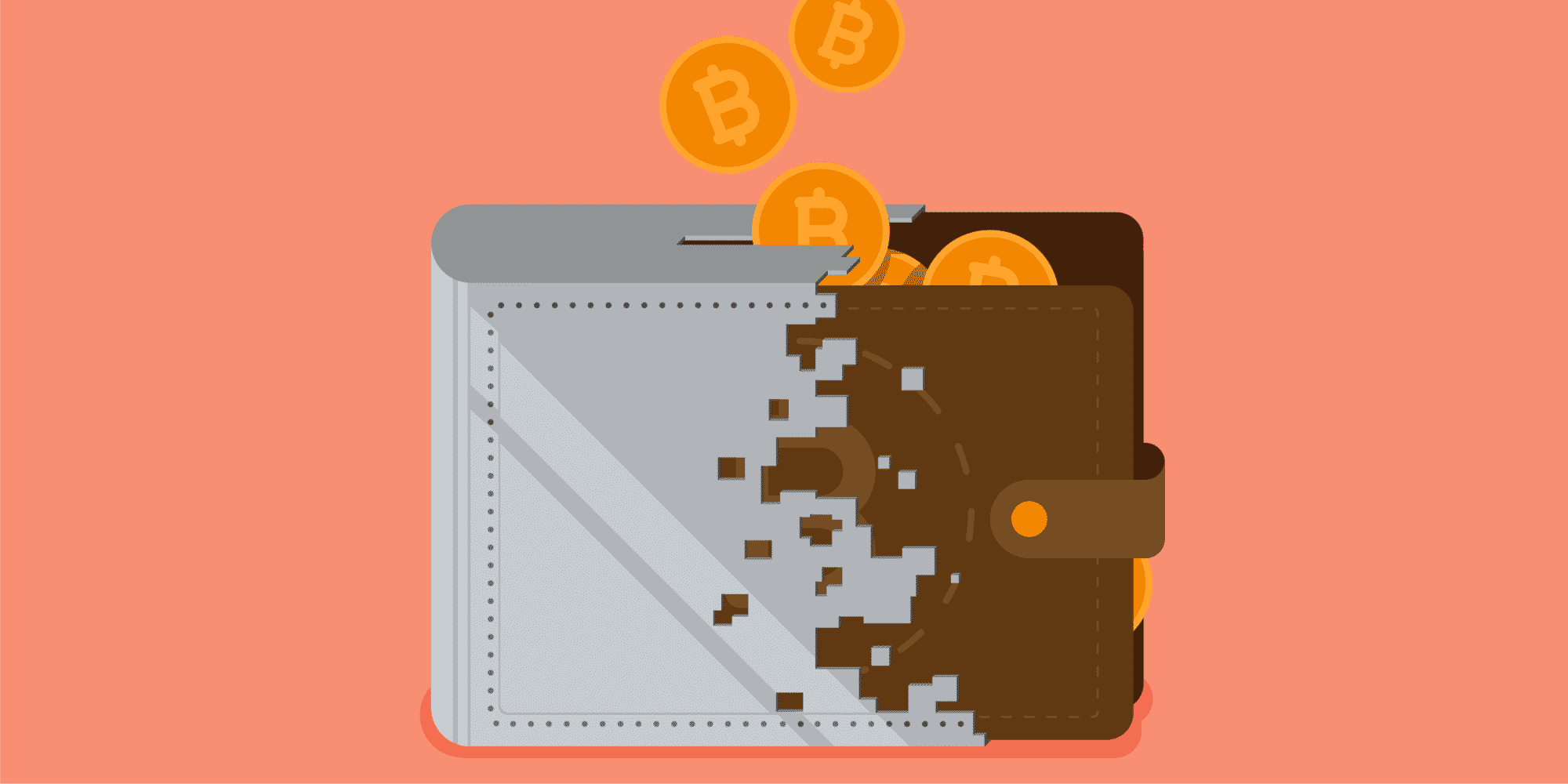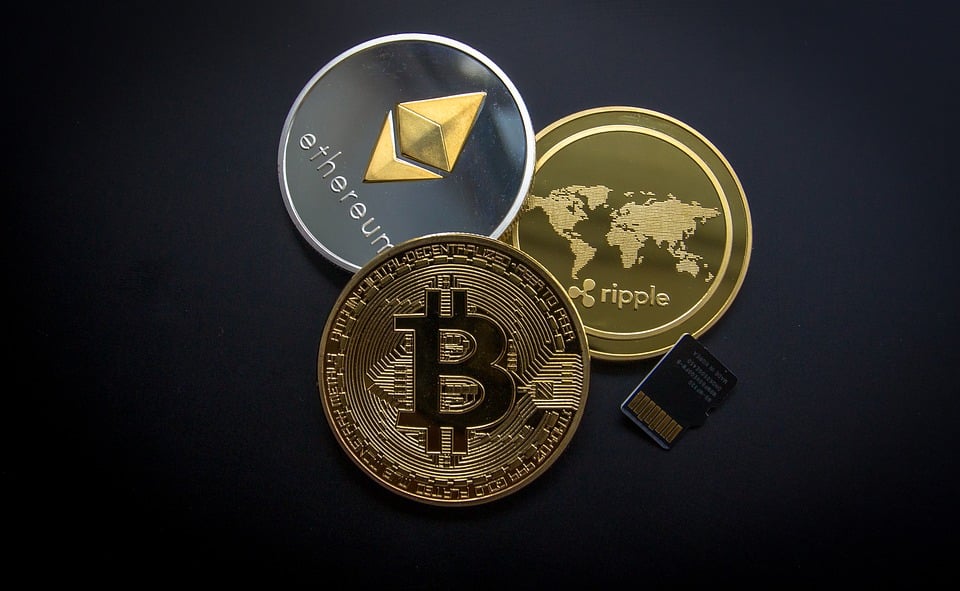
How has Ripple (XRP) evolved since its inception, and what lies ahead?
In a global society that has become more connected than ever before and with technology quickly facilitating efficiencies to unthinkable levels, transferring funds remains challenging for cross-border transfers. The reason for arduous and costly transactions is the use of backdated processes that require immediate innovation. Keeping this in mind, Ripple was created to provide users with an alternative, faster payment system to make cross-border transactions, giving them access to features like same-day remittances. In this article, we shall take a closer look at the evolution of Ripple’s technology, XRP as a digital asset, and how the future of Ripple XRP reshapes the casino industry.
Evolution of Ripple’s Technology
The Ripple protocol operates with conventional financial institutions to allow faster cross-border transfers through its payment infrastructure known as RippleNet. Using blockchain technology, Ripple can validate transactions using a consensus mechanism similar to PoS (Proof of Stake). Ripple enables instant, trustless, and inexpensive cross-border payments using XRP tokens. All transaction-related data are stored on the XRP Ledger that reaches the consensus via reliable validator nodes. The consensus mechanism of Ripple allows transactions to be processed within 3 to 5 seconds and is based on the Federated Byzantine Agreement. Using this Federated consensus mechanism that considerably differs from traditional mechanisms such as proof of stake or proof of work, Ripple participants and validators can make quick transactions across borders.
Moreover, the Ripple solution introduced an innovative network that allows cross-border transactions in real-time at reduced costs and improved efficiency. To enable this, XRP plays a pivotal role by acting as a bridge currency that can be easily converted to different fiat currencies. Right at the heart of Ripple’s operation is the Ripple Protocol, which acts as the foundation of the protocol and employs a unique consensus mechanism called Ripple Protocol Consensus Algorithm (RPCA) that is highly energy-intensive for crypto miners.
XRP as a Digital Asset
XRP is a digital glue that holds the visions of Ripple together and serves as a bridge currency, offering a mode of transactions between different currencies. However, there is often confusion between the Ripple ecosystem and its XRP token. The two are distinct entities. While Ripple is a blockchain network that banks use to settle cross-border transactions and facilitate the conversion of digital and fiat currencies, XRP is the cryptocurrency token built on the Ripple ecosystem, used to transfer money across borders at low costs instantly and trustlessly. However, with XRP assets, it can be risky for financial institutions relying on the Ripple protocol to supply the required transfer liquidity. Using XRP tokens and other digital assets for transfers is risky, considering their volatility. Hence, XRP may not be suitable units of exchange, especially for users with low-risk appetites.
What Lies Ahead for Ripple (XRP)
Ripple’s XRP has excellent potential to disrupt international remittances and payments, reshaping the overall financial and banking systems. As per the XRP news, it was developed to replace the current SWIFT network to provide cheap and fast transactions. The measures and policies on the Ripple network affect only financial institutions and enterprises instead of retail customers. Liquidity Hub was launched by Ripple in 2019 for enterprises that wish to offer cryptocurrency trading using digital access from several providers, including over-the-counter (OTC) trading desks, market makers, and exchanges.
Ripple also provides access to aggregated liquidity pools, such as OTC desks and exchanges, to receive optimized pricing. Ripple has developed streamlined asset management to leverage its dashboard and enterprise levels for trading, reporting, and managing the gap between new world assets and fiat currencies. As the crypto market advances its functions to NFTs, DeFi, and the Metaverse, Ripple aims to develop projects for smart contract implementation, development of federated sidechains, and NFT issuance to allow integration with other digital platforms.
Ripple has launched a $250 creator fund to help creators in the NFT space mint their work on XRP Ledger and show their commitment to the industry. With the central banks quickly approaching the launch of and test of central bank digital currencies (CBDC), Ripple’s XRP has placed itself as a pioneer developer of decentralized applications to help drive the adoption and implementation of new monetary instruments. In light of current and future projects on Ripple, the success in adopting the protocol highly depends on the final outcome of the SEC verdict, which involves a lawsuit alleging that XRP sale constituted unregistered security offerings. The legal battle has raised many questions about the crypto’s regulatory classification and implications across industries. It challenged whether XRP can be considered as security. In this legal battle, Ripple chose to fight instead of settling and argued the biasedness shown by the SEC.
The Potential of Ripple (XRP) in the Casino Industry
The adoption rate of Ripple XRP has increased across various sectors, including the casino industry, for several benefits for all participants involved. The most important reasons for the growing number of Ripple casinos are the level of privacy and anonymity that players get, instant deposit and withdrawal methods, a wide range of casino games, fair gaming with a minimum house edge, and flexible and cost-free transactions. Gambling with Ripple’s XRP at the top Ripple casinos has been manifested to a greater extent as many online platforms exhibit considerable shifts from the existing online casinos to the best Ripple online casinos that have extended their boundaries to provide a more significant impact on gambling society.
Conclusion
To wrap up, Ripple has taken over the current payment systems to settle transfers across borders and provide a state-of-the-art medium of exchange relying on the Ripple consensus algorithm. The journey of XRP towards hitting commendable milestones in the crypto space is truly incredible and inevitable. It has attained prominent landmarks with significant price surges and is currently heading to encounter breakthroughs in the future. In a nutshell, the end of Ripples XRP is stronger, wider, and brighter from all perspectives and may achieve many remarkable milestones in the upcoming days.

